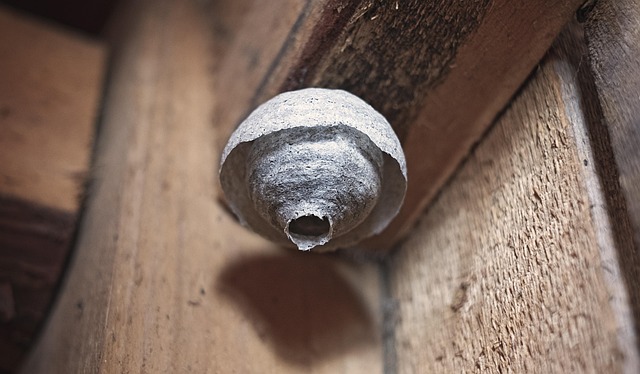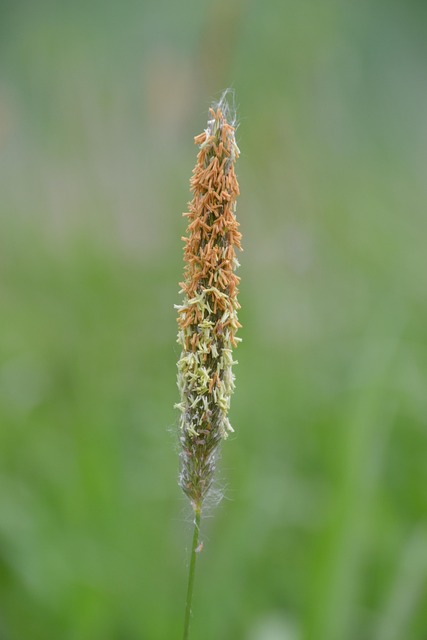Mold, a natural decomposer, can produce toxic compounds (mycotoxins) that cause adverse health effects known as mold sickness. This ranges from respiratory issues and skin irritation to severe neurological disorders. Mold thrives in damp environments like basements, bathrooms, and kitchens. While short-term exposure is usually harmless, prolonged contact can lead to higher health risks. Symptoms vary based on mold type and individual sensitivity, with children, the elderly, and immunocompromised individuals particularly susceptible. Consulting a doctor for diagnosis and tailored treatment, including environmental changes and specialized therapies, is crucial if symptoms persist despite basic precautions. Preventing further exposure through source elimination, ventilation improvements, and regular cleaning minimizes health risks.
“Unsure if it’s time to see a doctor about a suspected mold issue? This guide is your comprehensive resource. Discover the subtle signs of ‘mold sickness’ and its common symptoms, from respiratory problems to fatigue. Learn when immediate medical attention is crucial for addressing severe health effects of mold. We’ll explore diagnosis methods, available treatments, and prevention strategies to ensure recovery. Understanding when to act is key; know when it’s time to ‘dive into’ the details and protect your health.”
- Understanding Mold and Its Presence in Environments
- Common Symptoms of Mold Sickness
- When Is It Time to Seek Medical Attention?
- Diagnosis: Uncovering the Root Cause
- Treatment Options for Mold Exposure
- Preventing Further Exposure and Promoting Recovery
Understanding Mold and Its Presence in Environments

Mold is a natural part of our environment, playing a vital role in breaking down organic matter and contributing to ecosystems. However, certain types of mold can produce toxic compounds known as mycotoxins, which can have adverse health effects on humans when exposed over time or at high levels. These health effects, collectively known as mold sickness or mold-related illnesses, range from respiratory issues like allergy symptoms, asthma attacks, and chronic sinus infections to more severe conditions such as neurological disorders and immune system complications.
Mold thrives in damp, humid environments, making it prevalent in areas with water leaks, high humidity levels, or inadequate ventilation. Common locations include basements, bathrooms, kitchens, and spaces affected by flooding or water damage. While short-term exposure to small amounts of mold usually isn’t a cause for concern, prolonged or extensive mold exposure can lead to the accumulation of mycotoxins in the air and on surfaces, increasing the risk of health issues, especially for individuals with pre-existing respiratory conditions, compromised immune systems, or allergies.
Common Symptoms of Mold Sickness

The health effects of mold can vary greatly depending on the individual and the type of mold present. Common symptoms of mold sickness include respiratory issues such as coughing, wheezing, and difficulty breathing. These symptoms may be more pronounced for individuals with asthma or other pre-existing lung conditions. Additionally, mold exposure can cause a range of non-respiratory symptoms like skin irritation, eye discomfort, fatigue, headaches, and even cognitive issues like memory problems and confusion.
Children, the elderly, and those with weakened immune systems are particularly vulnerable to the health effects of mold. If you or someone in your household experiences persistent or worsening symptoms that don’t improve with standard treatments, it may be time to see a doctor. They can help identify if mold is the root cause and guide you on appropriate steps for removal and remediation, ensuring a healthier living environment.
When Is It Time to Seek Medical Attention?

If you suspect that you have been exposed to mold and are experiencing symptoms such as coughing, wheezing, nasal congestion, or eye irritation, it’s time to take action. The health effects of mold can vary greatly depending on the type of mold and your individual sensitivity, but some molds produce toxins that can cause severe issues, especially for those with pre-existing respiratory conditions.
Seeking medical attention is crucial if your symptoms persist or worsen despite taking basic precautions like eliminating visible mold sources and improving ventilation. Your healthcare provider can perform tests to identify the specific mold species and assess the extent of your exposure, offering tailored advice and treatment options to mitigate the health effects of mold.
Diagnosis: Uncovering the Root Cause

Diagnosing “mold sickness” or mold-related health issues requires a thorough understanding of the potential health effects of mold. If you suspect that you’ve been exposed to mold and are experiencing symptoms such as coughing, wheezing, nasal congestion, skin irritation, or even fatigue, it’s crucial to see a doctor. They will begin by taking a detailed medical history, including questions about your living environment, work conditions, and any recent water damage or musty smells.
During the consultation, your physician might order tests like air quality samples or mold-specific blood tests to identify the type of mold and assess its impact on your health. Understanding the root cause of your symptoms is essential in determining the appropriate treatment plan, which can include environmental modifications, medication, or specialized therapies to alleviate the health effects of mold exposure.
Treatment Options for Mold Exposure

In cases where mold exposure has led to health issues, seeking medical attention is crucial. The first step in treatment often involves identifying and removing the source of mold growth. This may require professional assistance, especially for extensive or hidden mold problems. A doctor will assess symptoms, which can range from respiratory issues to skin irritation and cognitive impairments, all linked to the health effects of mold. They might order tests to confirm mold-related illness and recommend appropriate actions.
Treatment options vary based on the severity of symptoms and the type of mold involved. Common approaches include anti-inflammatory medications for reducing inflammation, antifungal drugs for severe cases, and air purifiers or dehumidifiers to mitigate ongoing exposure. In some instances, a change in environment or lifestyle adjustments may be advised to prevent future mold-related health issues.
Preventing Further Exposure and Promoting Recovery

Preventing further exposure is crucial for managing and recovering from mold sickness. Once you’ve identified a mold issue in your environment, take immediate steps to eliminate the source and prevent future growth. This may involve professional remediation or simple home repairs like fixing leaks and improving ventilation. Regularly cleaning and drying areas prone to moisture can also help.
Promoting recovery requires addressing both physical and environmental factors. See a doctor if you suspect mold exposure has caused health issues, as they can provide guidance on treatment options tailored to your specific symptoms, which may include respiratory therapy, allergy medications, or anti-fungal drugs. Creating a healthy living space by maintaining good air quality, keeping areas dry, and minimizing dust can also aid in recovery from mold sickness by reducing further exposure and supporting your body’s natural healing processes.
